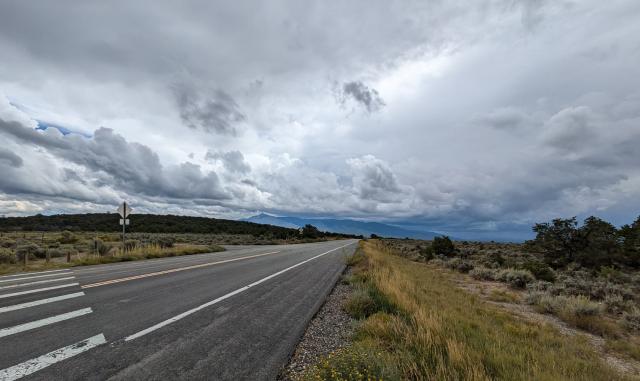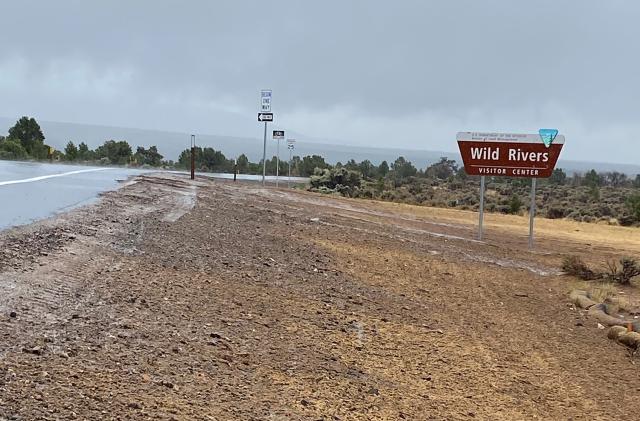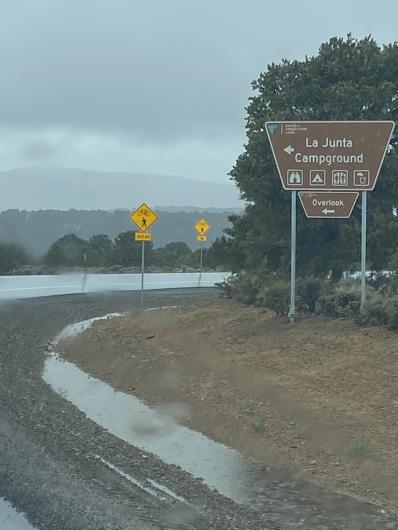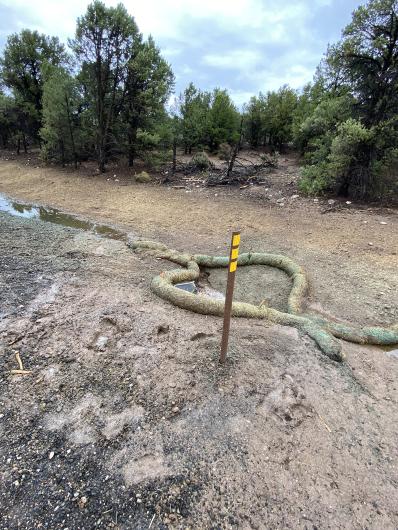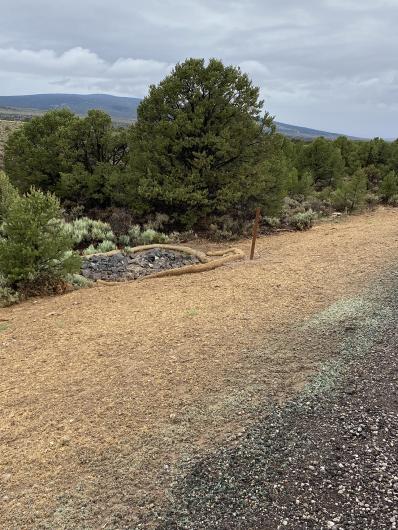Related Stories
- Agua Fria National Monument: A desert oasis with a rich history and a vital present
- BLM Fire and National Conservation Lands managers collaborate to meet shared goals
- State of New Mexico officials honor BLM firefighters for Camp Fire response
- Oklahoma Field Office staff teach Petroleum Engineer Technician course
- Carlsbad Field Office celebrates 100 years of potash
Office
1024 Paseo del Pueblo Sur
Taos, NM 87571-5983
United States
Phone:
Email:

